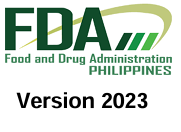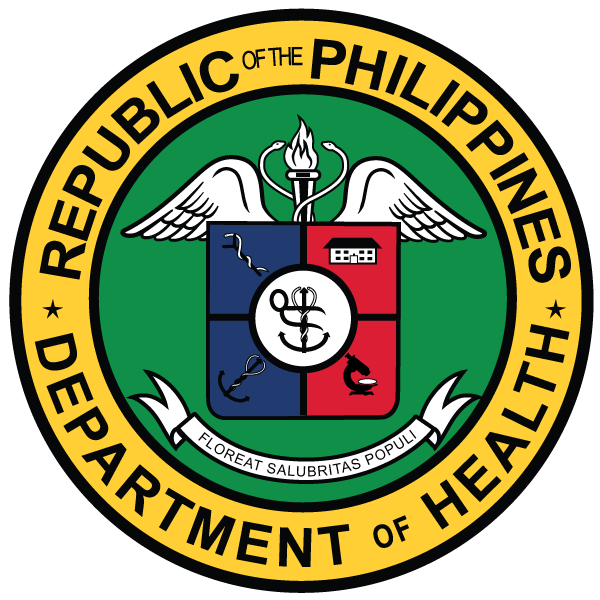|
|
|
|
|
|
|
|
|
|
|
|
|
|
|
|
|
|
|
|
|
|
|
|
|
|
|
|
|
|
|
|
|
|
|
|
|
|
|
|
|
|
|
|
|
|
|
|
|
|
|
|
|
|
- For AEFIs that result in death, these are to be classified as serious if the health care provider examining the patient suspects that the drug resulted in or contributed to death.
- For AEFIs that result in hospitalization hospitalization, these are to be classified as serious if (1) the health care provider examining the patient suspects that the AEFI resulted to admission of the patient to the hospital or prolongation of hospitalization of the patient; AND (2) the admission is considered medically justified to deliver active medical or surgical intervention, and not just observation or medical monitoring.
- For AEFIs detected in emergency visits that do NOT result in admission to the hospital; OR observation or medical monitoring are the activities performed, the AEFI should be evaluated for the other definitions.
- For AEFIs that result in persistent or significant disability, these are to be classified as serious if the health care provider examining the patient suspects that the AEFI resulted in a substantial disruption of a person's ability to conduct normal activities of daily living, specifically in significant, persistent or permanent change, impairment, damage or disruption in the patient's body function/structure, physical activities, and/or quality of life.
- For AEFIs that result in congenital anomaly or birth defect, these are classified as serious if (1) the exposure is prior to conception or during pregnancy; AND (2) the health care provider examining the patient suspects that the drug resulted to a congenital anomaly or birth defect.
- For AEFIs that are considered to be life-threatening, these are to be classified as serious if the health care provider examining the patient suspects that the patient was at substantial risk of dying at the time of the adverse event.
- For AEFIs that require intervention to prevent any of the above-mentioned outcomes, these are to be classified as serious if (1) the health care provider examining the patient suspects that medical or surgical intervention was necessary to preclude permanent impairment of a body function, or prevent permanent damage to a body structure; AND (2) either situation is suspected to be due to the exposure.
- When further clarity is needed to define the seriousness of an AEFI, the Regional Epidemiology and Surveillance Unit shall have the authority to provide immediate guidance and classification of seriousness of the AEFI, as referred by the inquiring health care provider.
- The health care provider examining the patient must confer first with the RESU within their region for AEFIs that they may have doubts on the classification of seriousness.
- The RESU, upon application of the above guidelines, and their judicious understanding of the case, may provide the classification as to seriousness.
- The RESU shall regularly inform the Epidemiology Bureau of (1) these specific cases; (2) the decisions made as to classification of seriousness; and (3) considerations taken to give rise to these decisions.
- The Epidemiology Bureau shall regularly review the submissions of the RESUs for harmonization and further standardization of the criteria for seriousness of AEFIs.
|
|

|
|
| PATIENT INFORMATION |
|
|
|
|
|
|
| I. PREGNANT INFORMATION |
|
|
| II. COMORBIDITIES AND PAST MEDICAL HISTORY |
|
|
- Vaccine-associated enhanced disease*
- Multisystem inflammatory syndrome in adults and children*
- Myocarditis*
Pericarditis*
- Thrombosis with Thrombocytopenia Syndrome*
- Thrombosis
- Thrombocytopenia*
- Acute disseminated encephalomyelitis*
- Encephalitis*
- Myelitis*
- Acute respiratory distress syndrome*
- Anaphylaxis* (may not be hospitalized)
- Toxic Shock Syndrome
- Injection site cellulitis/abscess (may not be hospitalized)
- Acute kidney injury**
- Acute liver injury**
- Anosmia/ageusia
- Bell’s Palsy*
- Chilblain-like lesions
- Erythema multiforme
- Acute pancreatitis
- Rhabdomyolysis
- Subacute thyroiditis
|
|



